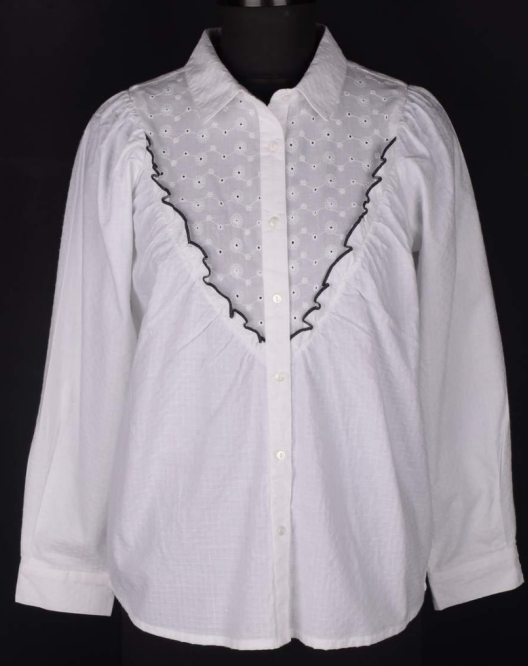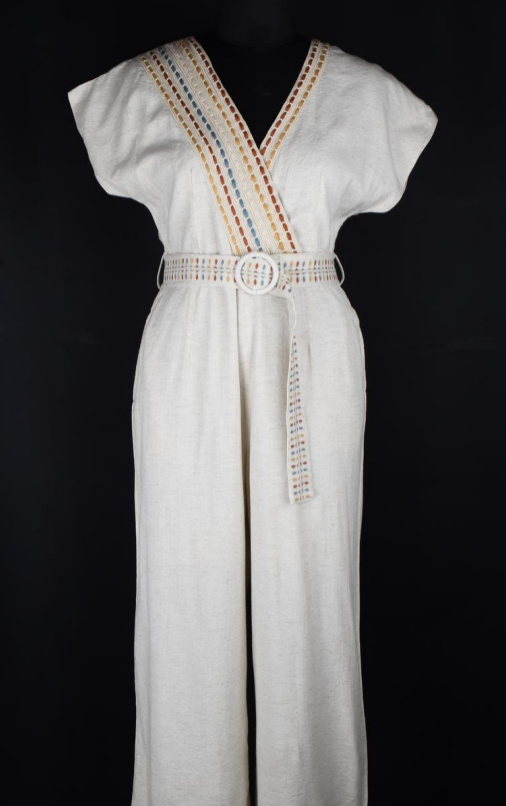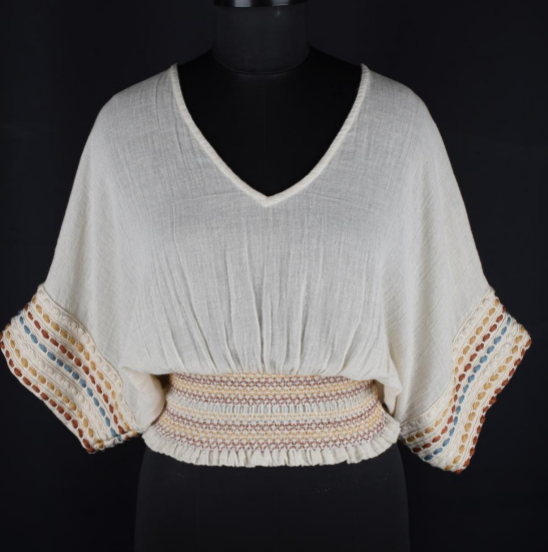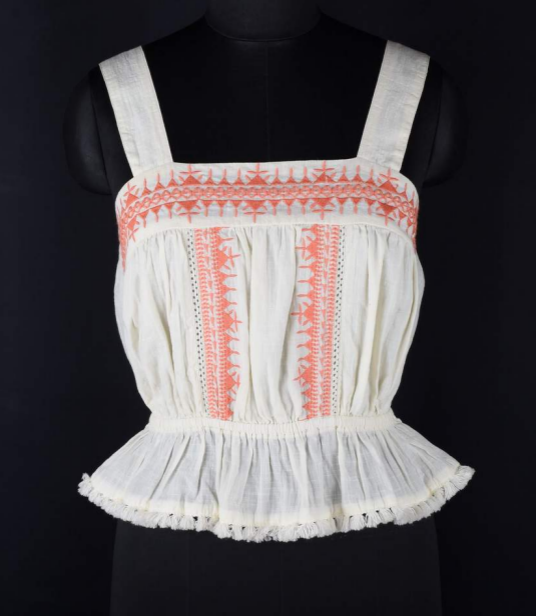7 Sewing Machine Technologies That Have Helped Improve Women’s Wear Manufacturing
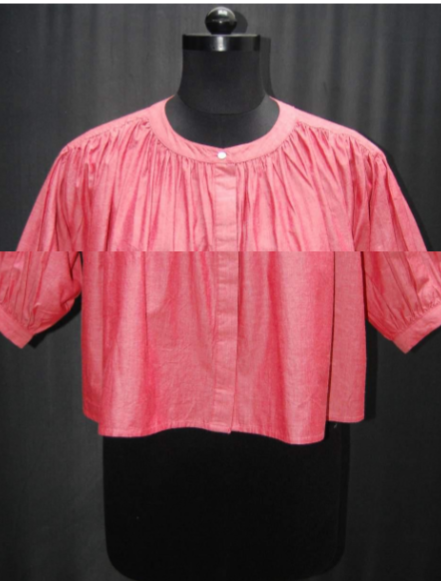
Sewing machines, much like a lot of the technology around us, have come a long way from what they used to be. The nostalgic image that you would have in your mind of a person sitting and peddling endlessly to sew clothes is long gone now. Thanks to the improvements in sewing machine technologies, it has been made possible to hasten the manufacturing process.
This has allowed for mass production to be increased and for skilled labourers to get the necessary help and time saving they need to be more efficient. As an apparel manufacturer, knowing about these advancements can help you improve your garment manufacturing process. So, let’s take a look at seven sewing machine technologies that have improved women’s wear manufacturing.
7 Sewing Machine Technologies That Have Improved Women’s Wear Manufacturing
-
Pedal Free Sewing
Long gone are the days when professionals would need to endlessly pedal to power their sewing machines. When that went out of fashion, there was still a heavy focus on pedals to manage several functions of a sewing machine. However, with new technology, it is slowly changing. The pedal-free sewing technologies are making it easier for professionals to work significantly more efficiently.
-
Sewing Machine Convertibility
If you are a professional or an apparel manufacturer, you would know that the need for convertibility of bed type and feed type have been a longstanding requirement for sewing machines. With the advent of modern technology, it is now possible for sewing machines to convert the bed types as per your requirements. This is offered as machines now have the option of submerged beds, which can converted to raised beds. Another new addition in terms of convertibility has been the bar tack to button sewing convertibility in machines, without having to change the machine parts.
-
Modular Sewing Machines
Modular sewing machines have made it possible for professionals to use one machine to meet different requirements. Firstly, now machines have interchangeable parts, which allows you to have one machine perform multiple tasks. It eliminates the need to buy separate machines for different requirements, which is extremely costly and also difficult in an industrial setting. Secondly, modular sewing machines can make it easier for you to maximise efficiency on the work floor. This allows for improved efficiency and higher production output.
-
Vision Sewing
Vision sewing systems can be highly useful to help professionals and even novices improve their decorative stitches. Fabric feeding is an important skill for professionals working in apparel manufacturing units to master. However, the lack of perfect skills shouldn’t disqualify people from working on a particular project. So, vision sewing systems, which can now be attached to single stitch locking machines or chain stitch machines, are of great help. They work by using a camera to study the fabric and accordingly share messages with the electronically programmable sewing machines. Vision sewing systems improve sewing speeds in industrial settings and allow machines to sew patterns independently.
-
Sewing Machines with Digital Feed
A digital feed system improves the productivity of professionals working on the shop floor. This is a simple improvement that allows the production units to increase efficiency and, as such, improve the daily output of a manufacturing unit. A separate stepper motor is used to power the digital feed, which makes it easier for the feed dog to be independently driven. The digital feed allows the sewing machines to perform precise design stitching and even perform simultaneous condensed and backtracking on the same seam.
-
Automatic Bobbin Changer
Most of the technological advancements in sewing machines have been made to improve efficiency and make it easier for professionals to do their work undisturbed. Changing the bobbins was one of the tasks that needed to be performed manually. This is why now, there are automatic bobbin changers that can stock up to eight bobbins on an exchange plate. Embroidery machines are using this technology to reduce the downtime of machines that were required during bobbin change. The automatic bobbin changers are also being developed and commercialised for single needle lockstitch models.
-
Real-Time Monitoring & Management in Sewing Machines
Imagine a manufacturing unit floor where the floor managers are able to monitor the functioning of each machine digitally from anywhere they want. This has now been made possible with real-time monitoring of sewing machines that are connected to servers and can be digitally monitored from anywhere in the world. These systems also allow for machines to be manually controlled.
Conclusion
Sewing machines are an integral part of women’s wear manufacturing. With developments in sewing machine technologies, it is possible for companies to improve workforce efficiency and factory output. For more information about sewing machine technological upgrades or apparel manufacturing in general, feel free to check out CheerSagar.
Related Blog
How Laser Technology Is A Boon For The Textile Industry?
The textile industry is one of the booming industries where laser technology is being used aggressively. LASER is the acronym...
What Are Benefits Of Wholesale Fashion Clothing | Cheer Sagar
What is fashion? Style, which is commonly practiced in clothing's become the fashion. With the cuts, colors, and looks, designers...
Green Energy In Women’s Wear Manufacturing: Solar-Powered Machines
The garment manufacturing industry is a significant contributor to global energy consumption. From raw material production to the final product,...

